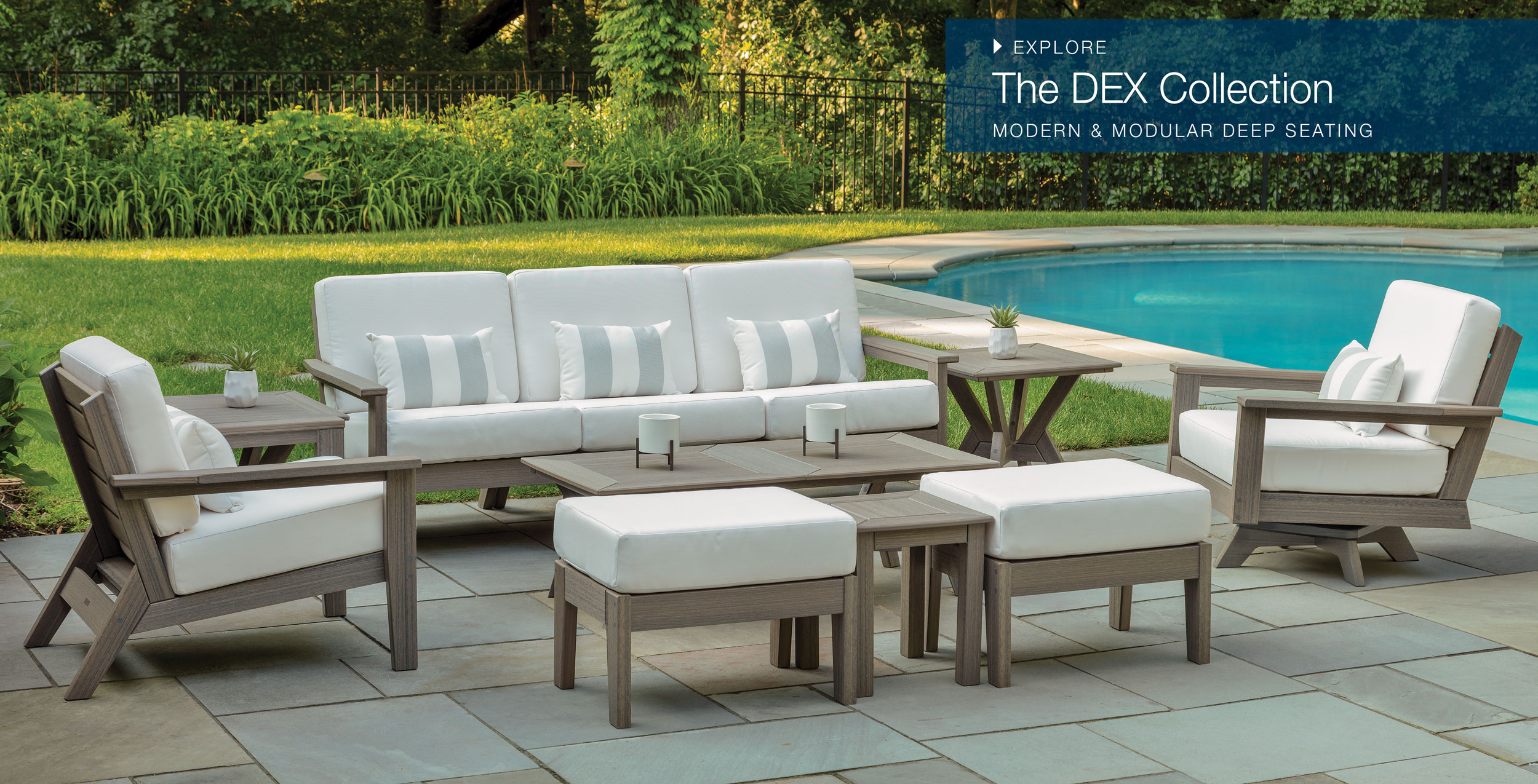Wind management features deserve attention for exposed locations. Look for models with integrated wind vents that allow air to pass through the canopy rather than creating upward lift. Some advanced designs include automatic release valves that temporarily open under extreme pressure to prevent structural damage, then reset when conditions normalize.
Sunbrella’s parent company, Glen Raven, has established a fabric recycling program called “Recycle My Sunbrella” that accepts used fabric for repurposing. This program transforms old Sunbrella materials into industrial products like felt, reducing landfill impact at end-of-life. While not all consumers take advantage of this program, its existence provides a more responsible disposal option than was previously available.

Extended outdoor living seasons represent perhaps the most significant benefit. Quality Sunbrella umbrellas with appropriate features can make outdoor spaces comfortable during intense sun, light rain, or cooler temperatures. This extended usability directly impacts satisfaction by keeping spaces operational during conditions that would otherwise limit their use. Many users report longer outdoor usage periods after investing in proper Sunbrella umbrellas.
The sustainability aspects of wooden outdoor furniture have become increasingly important to consumers as environmental awareness grows. The source of the wood, the manufacturing processes dining table used, and the potential for eventual recycling or biodegradation all factor into the environmental footprint of wooden furniture. Certification systems like the Forest Stewardship Council (FSC) provide assurance that wood comes from responsibly managed forests, where harvesting practices maintain the ecosystem’s health and support the communities that depend on forest resources. Choosing furniture made from certified woods supports sustainable forestry practices and helps protect vulnerable forest ecosystems around the world.
On dining table the positive side, the durability of quality offset umbrellas reduces waste through longevity. A single well-made offset umbrella might replace several cheaper models over its lifetime, resulting in less material entering landfills. This reduced consumption pattern aligns with sustainable principles of buying fewer, better items.
The remarkable strength-to-weight ratio of oak represents perhaps its most important attribute for umbrella construction. When force is applied to an oak-framed umbrella, whether from wind or handling, the wood resists breaking or deforming. This characteristic significantly extends the lifespan of the umbrella and prevents the frustrating experience of having dining table an umbrella Nardi Libeccio Table frame fail during use.
Transportation efficiency improves with fiberglass umbrellas due to their lighter weight. Shipping these products requires less fuel compared to heavier alternatives, potentially reducing their carbon footprint in the distribution phase. This advantage grows more significant with larger umbrella types like patio and market models.